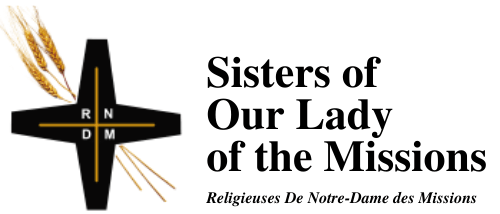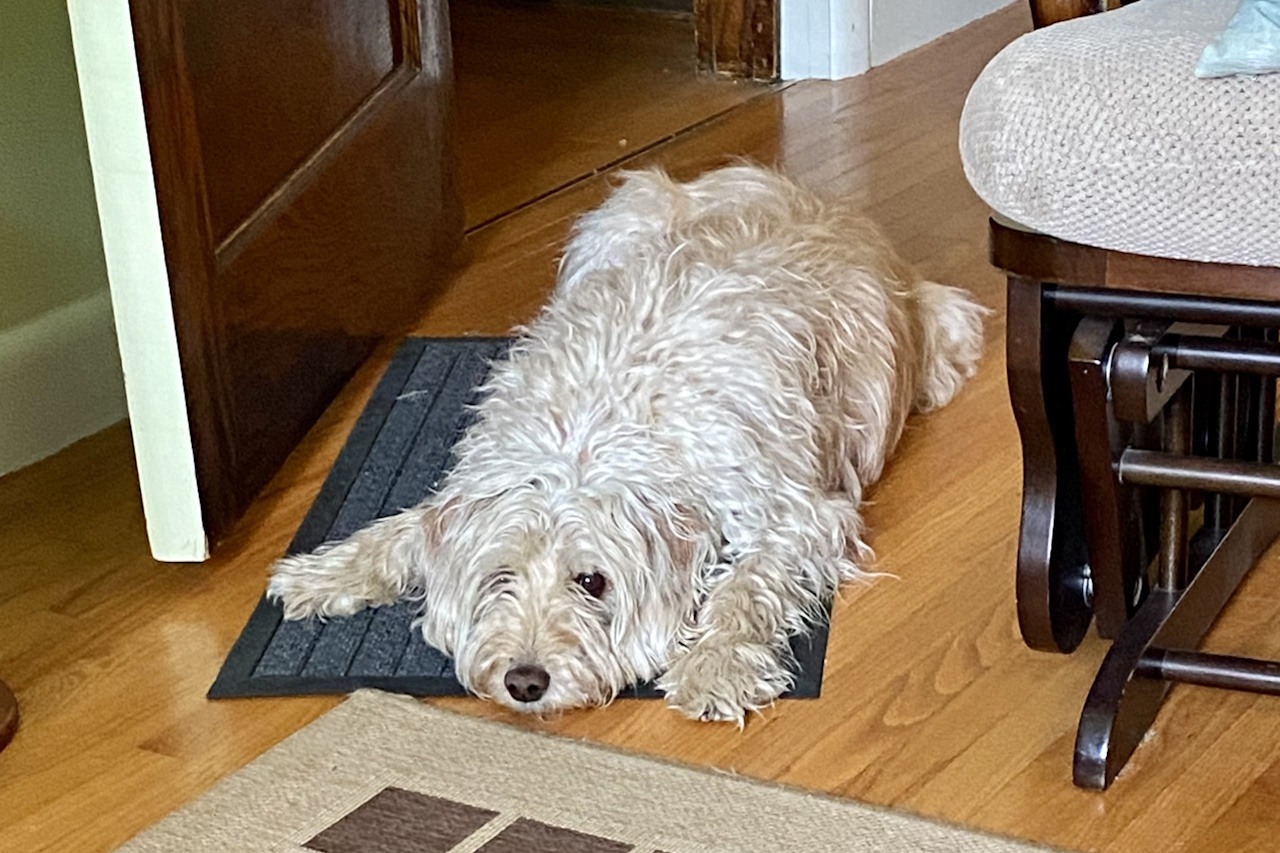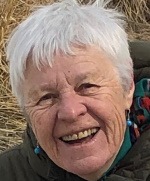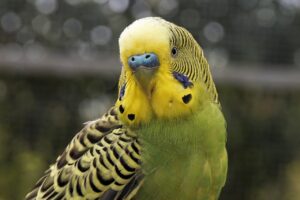As I write this my dog Luca is stretched out on his blanket in the hallway near the stairs, seemingly fast asleep. He lies there so he can keep track of my movements. I cannot leave the room or the house without stepping over him. And if I do need to get by him, he is immediately awake and ready to go in case it means a walk or a car ride.
Sleeping dogs are fascinating to watch because often they are doing anything but sleeping. For Luca it often means he is resting and listening. He’ll be laying on his belly, head between paws, eyes closed, breathing steadily and slowly. So convincingly dead to the world I almost want to tiptoe by him. But the slightest sound or vibration and those beautiful brown eyes snap open and he’s ready for action.
Sometimes it’s another dog walking with its owner across the street. Sometimes it’s the mailman climbing up the steps and sometimes I have no idea what he’s heard. All I know is that in an instant he is at the window or door. His hearing is second to none and it never ceases to amaze me.
Occasionally, he really is deeply asleep and when that happens he is in another world. The first time it happened I thought he was having a seizure. He was lying on his side, whimpering in short, barely audible whines. His front paws were dog paddling, his back legs were vibrating and his breathing was so rapid it scared me; then suddenly, everything stopped. I waited anxiously and then it began again.
I started stroking him and talking to him soothingly thinking he was in distress. He awoke, lifted his head with a somewhat dazed expression and then promptly plopped it back down again and proceeded to enjoy a nice long stretch. Was it possible he’d just been dreaming?
Over the years I have been watching these resting, restless states, wondering what it is he seems to be chasing or battling because every now and then he lets out a muffled bark. Studies have shown that many animals dream and even have nightmares like we do and though we cannot tell what they dream, brain scans show that the same areas as the human brain are affected.
Luca dreams more than any of my previous rescued mutts and I chalk that up to his months on the run in the forest all those years ago. He was initially terrified of many sounds and sudden movements, but gradually over the years those have been whittled down to just two; thunder and smoke alarms. Sadly, no amount of comforting or cuddling can reduce his anxiety.
At this moment though, as I finish writing, he is no longer resting but sitting in front of me staring intently at my head. When I look up I realize the time. It’s exactly twelve noon. A minute later the local church bells start their lunch- hour chime. Luca is awake and wants his walk…now! At four o’clock this afternoon he will find me again and then repeat the stance at nine this evening. Maybe scientists should scan a few dog brains and discover where that particular capability is lodged, because we humans sure haven’t developed an inner clock quite as exact.
And, if I’m honest, I sometimes wish he wasn’t so darned accurate. Surely I deserve some rest too!
Bonnie Dickie lives in Winnipeg, the Elm capital of Canada. In a previous life she worked for CBC in Yellowknife, NWT before moving South to freelance as a documentary filmmaker. Her work has taken her across the Arctic as well as China, Africa and Spain. Today she is semi-retired and aside from her dog walking exploits is focused on learning to play the ukulele-a talent she has yet to fully grasp.





I always enjoy your the way you probe the mutually “fascinating” depths of your dog-human relationships, Bonnie – teaching me to notice the mutuality and reciprocity in other-species relationships of my own. Thank you!
What a delightful read, Bonnie. I find it so fascinating that Luca’s timing is so accurate – I notice a similarity with my budgies’ timing.